Cold-weather adventures in the US Army
- By George Hand
Share This Article
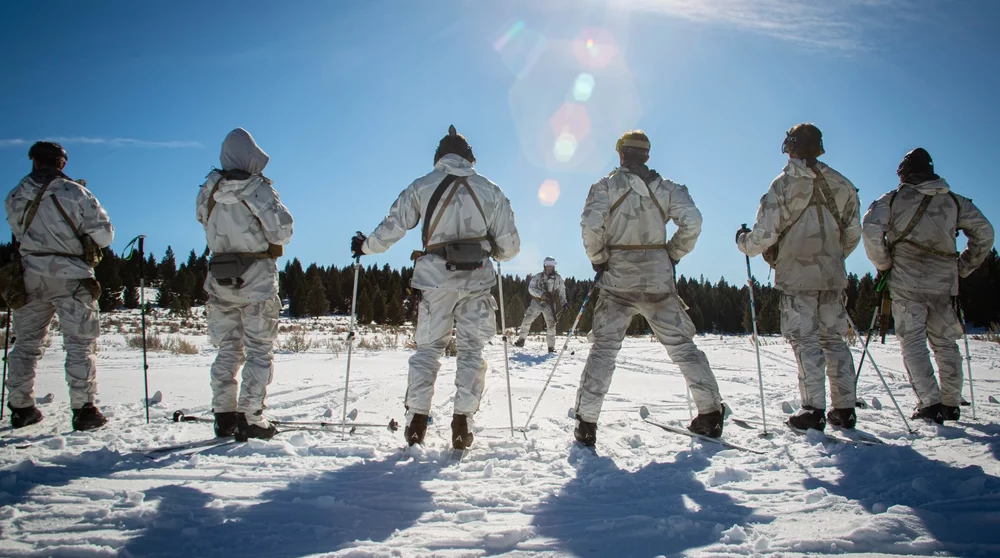
Everyone loves a snowman, especially during the cold holiday. Young folks, and particularly children, will build one every winter provided there is snow enough. Word is (up north) that snowmen protect young children and their families during the night when it snows the heaviest.
I vividly remember my dad building us our first snowman. He rolled a big snowball, followed by a medium-sized snowball, and capped off a smaller-than-all snowball that was capped off by… by a cap! Then he garnished off the Mighty Man with branches for arms and clods of frozen soil for his would-be vest. And so starts our story.
Not cold enough to be given the best gear
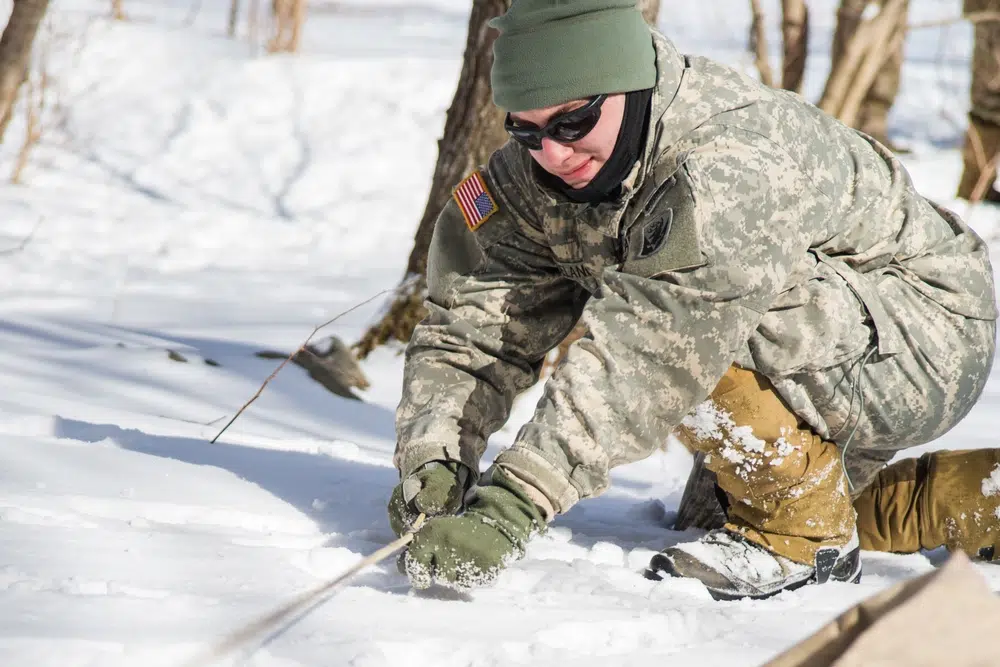
Many armies of the world, including the U.S. Army, have specialty units that train for operations in extreme hot and cold weather. The U.S. military back then, as it still does today, was expanding its Arctic warfare capabilities.
When I was undergoing cold-weather training in the Army, the service had supplied us with the best it could, but without a sterling sense of humor, you were bound to suffer under grave conditions. This was because we were just assigned to cold-weather Army posts, which the Army saw as “almost really cold weather” so we weren’t issued Arctic equipment.
We brothers who were stationed in the periphery of the very hot and the very cold areas of the world didn’t quite qualify for the elite cold weather gear. Bummer! Had we been issued Arctic equipment we would have faired much better than the way we did.
Instead, most of the men bought REI and Mountain Gear out of their own pocket just so they felt motivated by the cost and quality of the “high-speed” gear!
When I look back at what we had to work with I become enraged to remember what we had at Ft. Carson, Colorado to conduct combat missions in the Rocky Mountains.
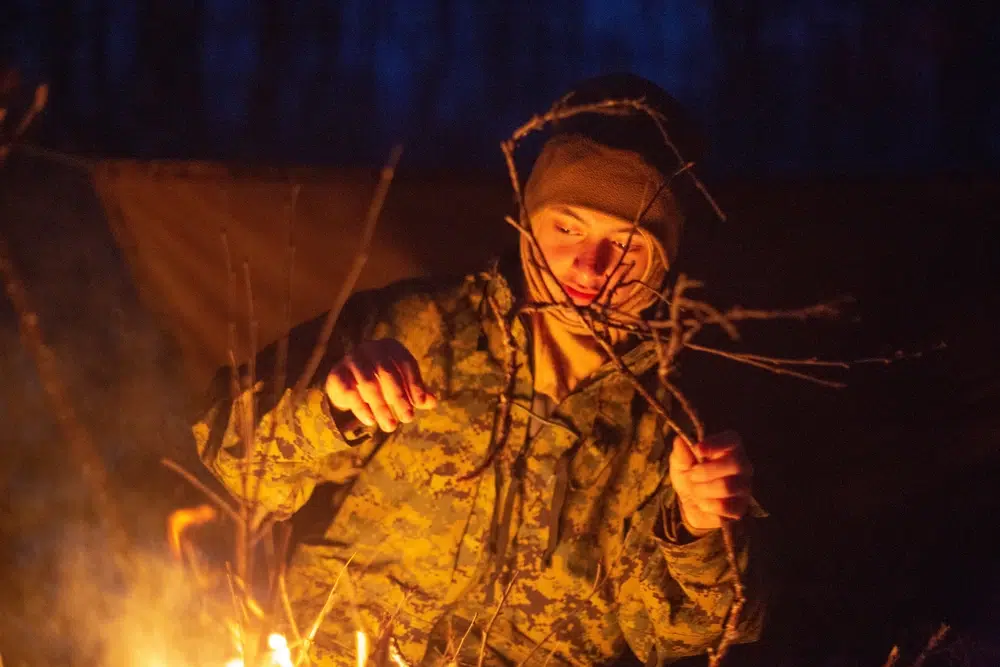
The sergeants for the most part were regular Army Soldiers experienced in cold-weather operations.
“YOU BLOCK-HEADS NEED TO KEEP YOUR COTTON-PICKING HANDS WARM… AT… ALL… TIMES… PUT YA COTTON-PICKING GLOVES ON, YA BLOCK-HEADS!” they would yell.
And a thing the seniors constantly harped on that always annoyed me, because it really was near impossible, was that:
“BLOCK-HEADS, YOU NEED TO KEEP ALL YOUR GEAR IN YOUR SLEEPING BAGS WITH YOU AT NIGHT, RADIOS/BATTERIES, WATER WILL FREEZE SO KEEP IT IN YOUR CANTEENS IN THE BAG WITH YOU.”
Related: US Army ranks: Everything you need to know
Sleeping-bag troubles and weather-chart blues
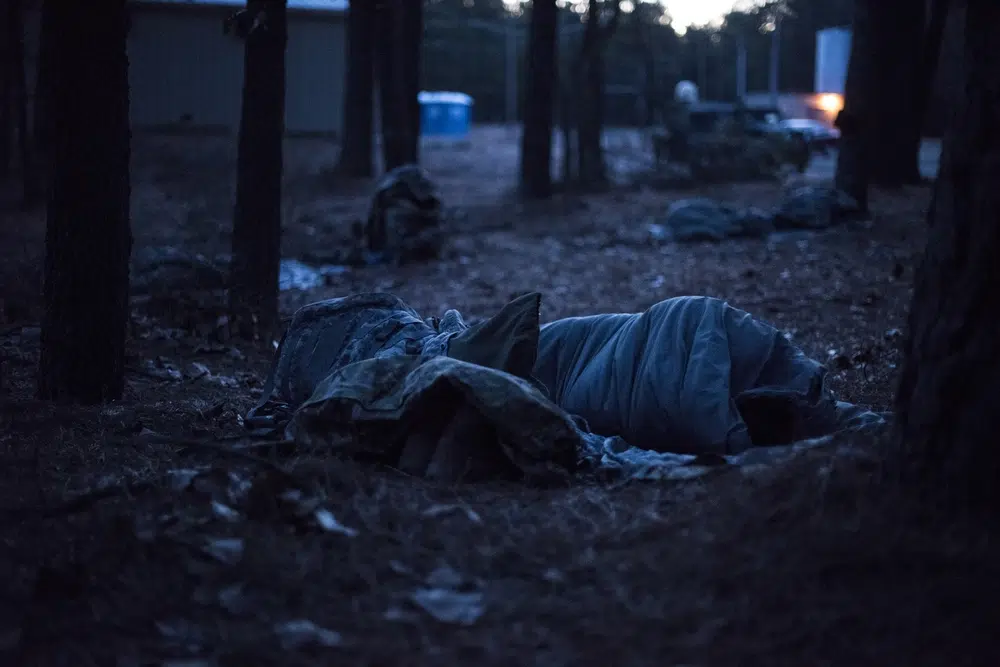
On one occasion, I told my section sergeant, “Sergeant I am all packed away with all necessary gear packed in my sleeping bag.”
“You mean your fart-sack?” he replied. (This was just a nickname for sleeping bag that someone had come up with and which forever hangs in the military vernacular.)
“Why surely not, sergeant. Surely I would never use such language.” There was one minor difficulty with my load. I had everything in there but my AR was outside by my neck.
“Sgt. Thomson, I’m trying my hardest to pack my night load and I just can get my…”
”WHAT THE COTTON-PICKING HELL IS YOUR RIFLE DOING ON THE GROUND AND UNDER YOUR NECK? I’ll RIP OFF YOUR HEAD AND TAKE A CRAP DOWN YOUR THROAT!!!!”
“B-D-D-D-D-D-D-D-D! B-D-D-D-D-D-D-D-D-D-D-D-D! B-D-D-D-D-D-D-D-D-D-D!!” (M-3 submachine tacked out loud and on fully automatic.)
The sergeant found us later that night utterly unable to function in our cold-weather sarcophaguses. He continued to blast and kick and swear. But as most galaxies go, everything must end.
Related: Night jumps and cracking ice: A true story of Green Berets in Alaska
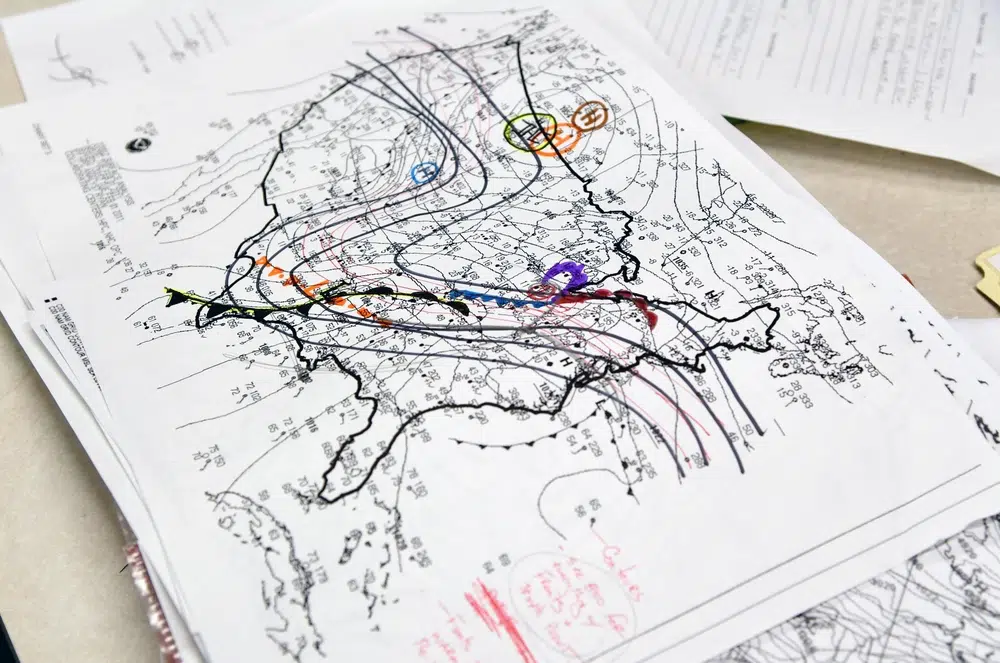
Another sergeant with mad skills started teaching us about the weather and signs of pending bad weather. He showed us a weather map that showed an approaching cold front and that meant that a possible hard, pipe-hittin’ storm was incoming. He showed us the differences between various cloud indications and taught us what atmospheric phenomenon to expect with each.
One of the Blockheads looked confused, looked back and forth, and all around (but mostly up). When the sergeant asked him if he had it straight, the Soldier answered that he truly did not get it.
“What don’t you get, private?”
And the private went on about the compass maps and compass, the Isometric map, all and the clouds’ descriptions. “I just don’t get it at all.”
“Private, what part don’t you think you don’t get?? Come on, dammit!”
“Well, according to all I was shown and taught, In my weather model we should be getting plunged on pretty good right now.”
The sergeant said nothing; he only pulled rain gear from his fart sack and kicked back.
“What should we be doing now, sergeant,” the private asked.
And the magnanimous sergeant looked at us and replied: “If I want to be a cold, wet SGT, I would stand here and do nothing. If I want to be a dry man I would listen to the private’s learned prognostication, and maybe sling a word or two of thanks for not doing absolutely nothing.”
By Almighty God and with honor,
Geo sends
This article was originally published in March 2023. It has been edited for republication.
Read more from Sandboxx News
- Operation Medusa: The Battle of Panjwaii
- As Russian casualties increase, Moscow is offering big pay to attract new troops
- The birth of stealth: How defeating radar became the way of war
- The history of MARSOC is the history of the Marine Raiders
- What exactly is MARSOC, the Marines’ elite special operations component?
Related Posts
Sandboxx News Merch
-

‘AirPower’ Classic Hoodie
$46.00 – $48.00 Select options This product has multiple variants. The options may be chosen on the product page -

‘Sandboxx News’ Trucker Cap
$27.00 Select options This product has multiple variants. The options may be chosen on the product page -

F-35 ‘Lightning’ Framed Poster
$45.00 – $111.00 Select options This product has multiple variants. The options may be chosen on the product page
George Hand
Master Sergeant US Army (ret) from the 1st Special Forces Operational Detachment-Delta, The Delta Force. In service, he maintained a high level of proficiency in 6 foreign languages. Post military, George worked as a subcontracter for the U.S. Department of Energy (DOE) on the nuclear test site north of Las Vegas Nevada for 16 years. Currently, George works as an Intelligence Analyst and street operative in the fight against human trafficking. A master cabinet-grade woodworker and master photographer, George is a man of diverse interests and broad talents.
Related to: Special Operations

Ukraine peace negotiations don’t look promising
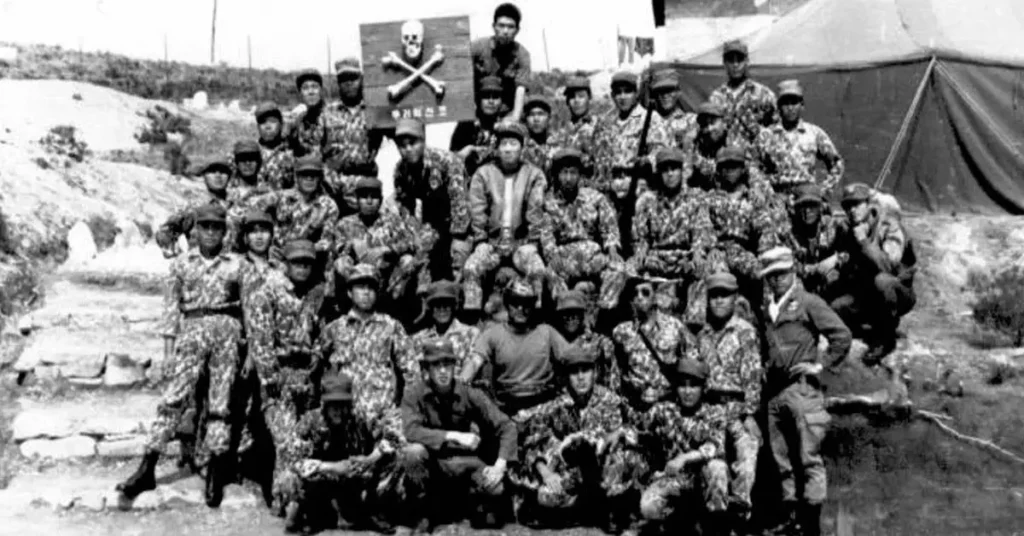
Unit 684 – The South Korean suicide squad with the tragic history
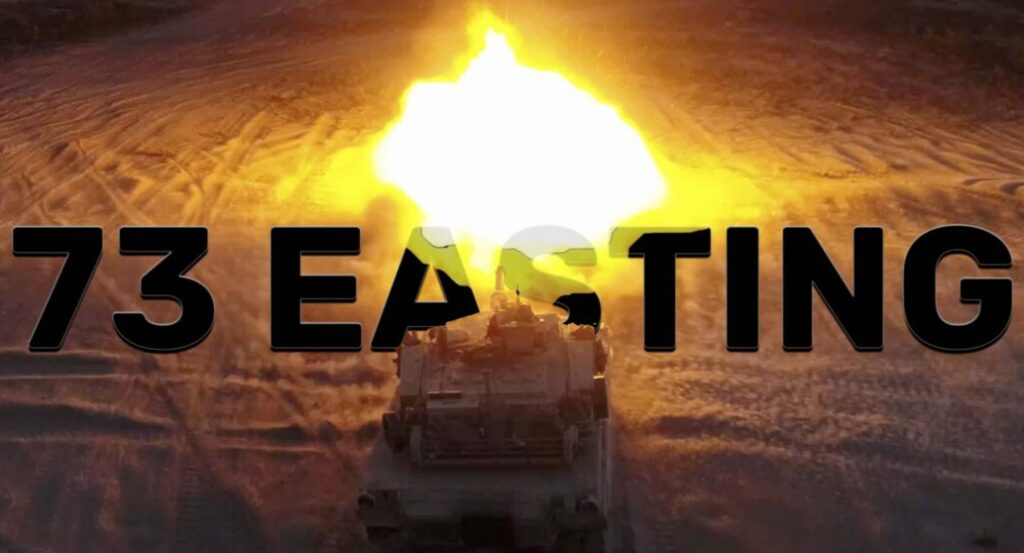
How American Abrams tanks devastated Russian tanks in Iraq
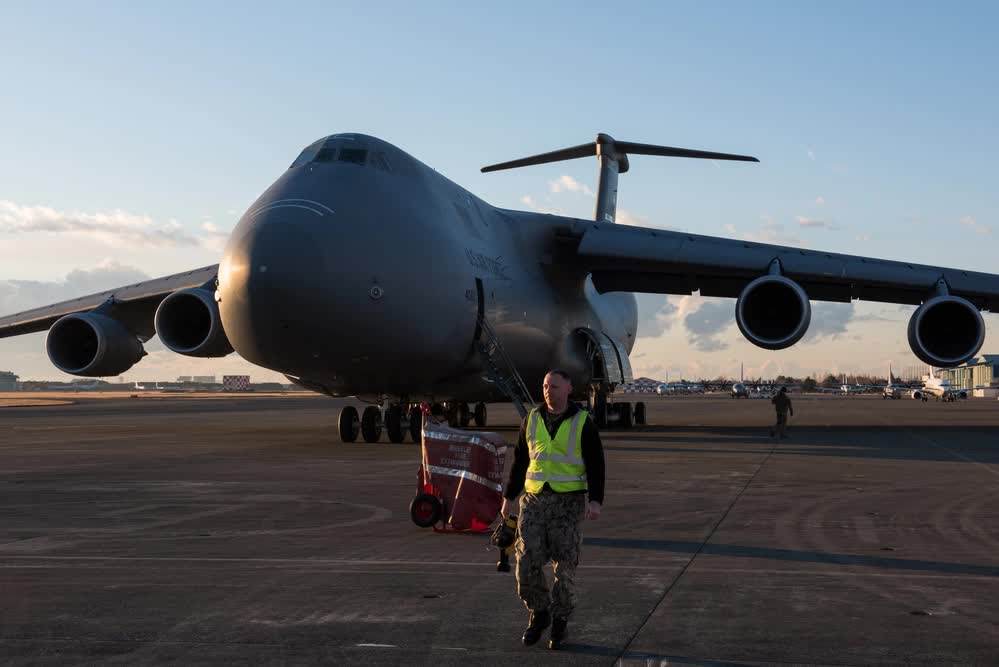
C-5 Super Galaxy: Anywhere in the world in 24 hours
Sandboxx News
-

‘Sandboxx News’ Trucker Cap
$27.00 Select options This product has multiple variants. The options may be chosen on the product page -

‘AirPower’ Classic Hoodie
$46.00 – $48.00 Select options This product has multiple variants. The options may be chosen on the product page -

‘AirPower’ Golf Rope Hat
$31.00 Select options This product has multiple variants. The options may be chosen on the product page -

‘Sandboxx News’ Dad Hat
$27.00 Select options This product has multiple variants. The options may be chosen on the product page
